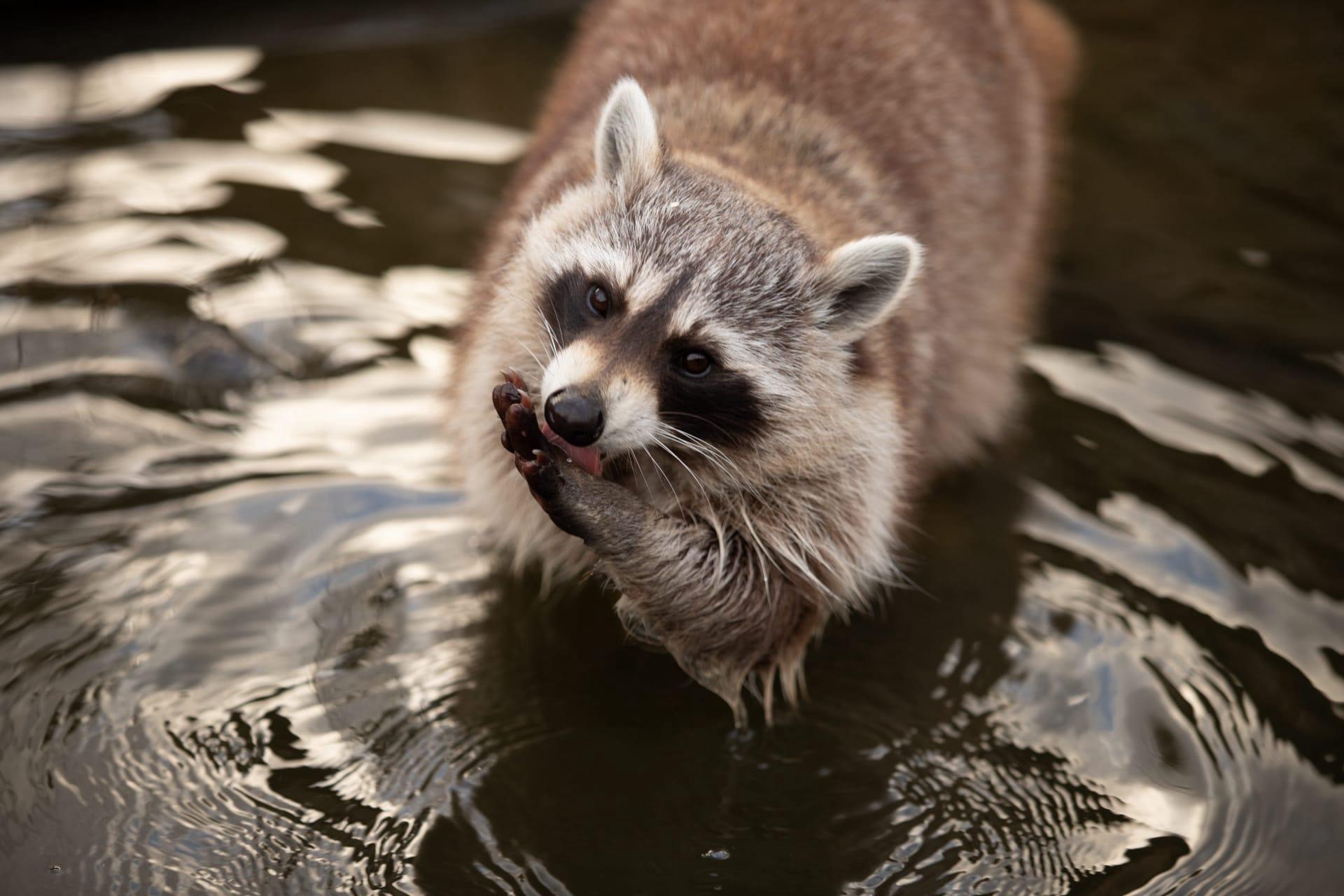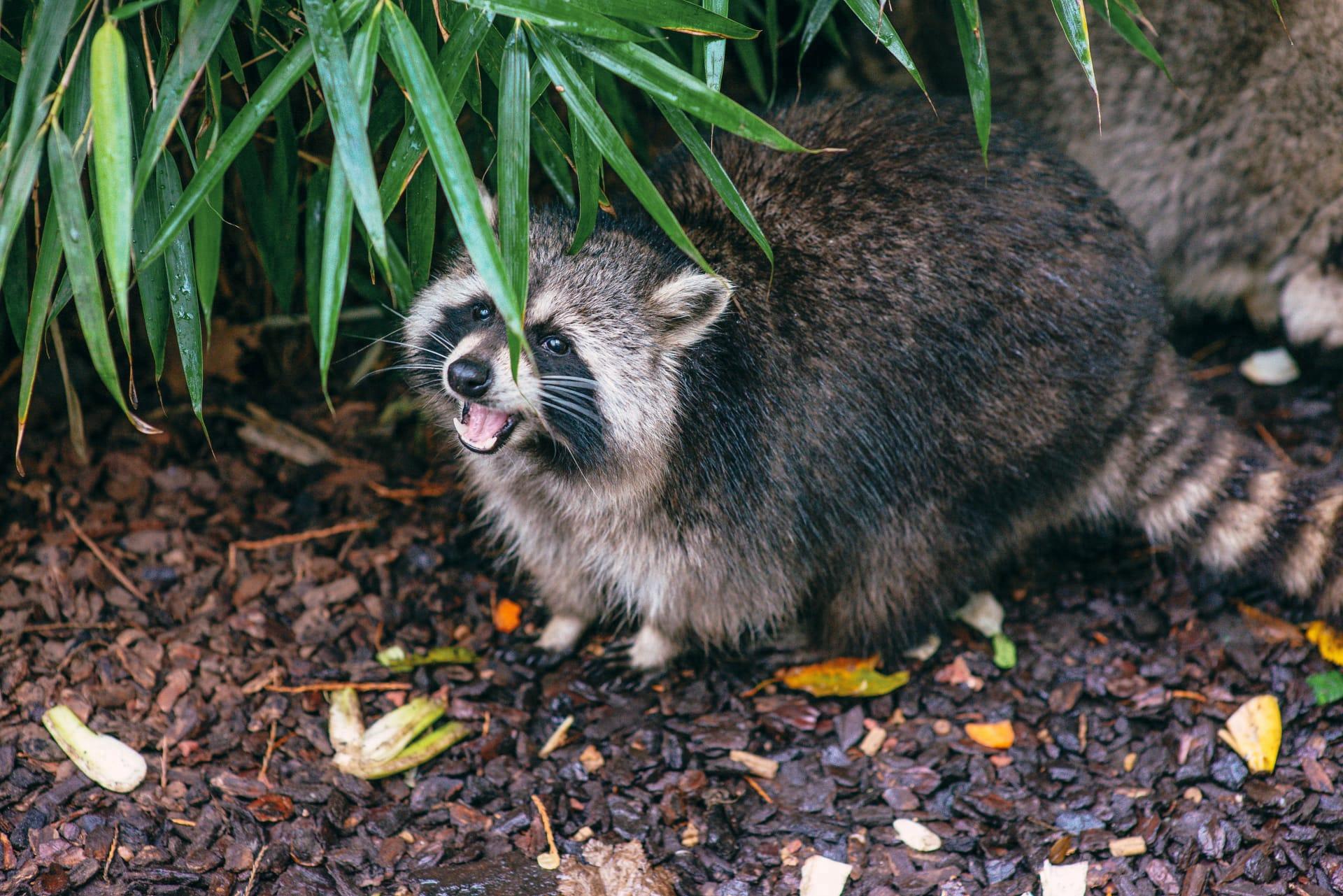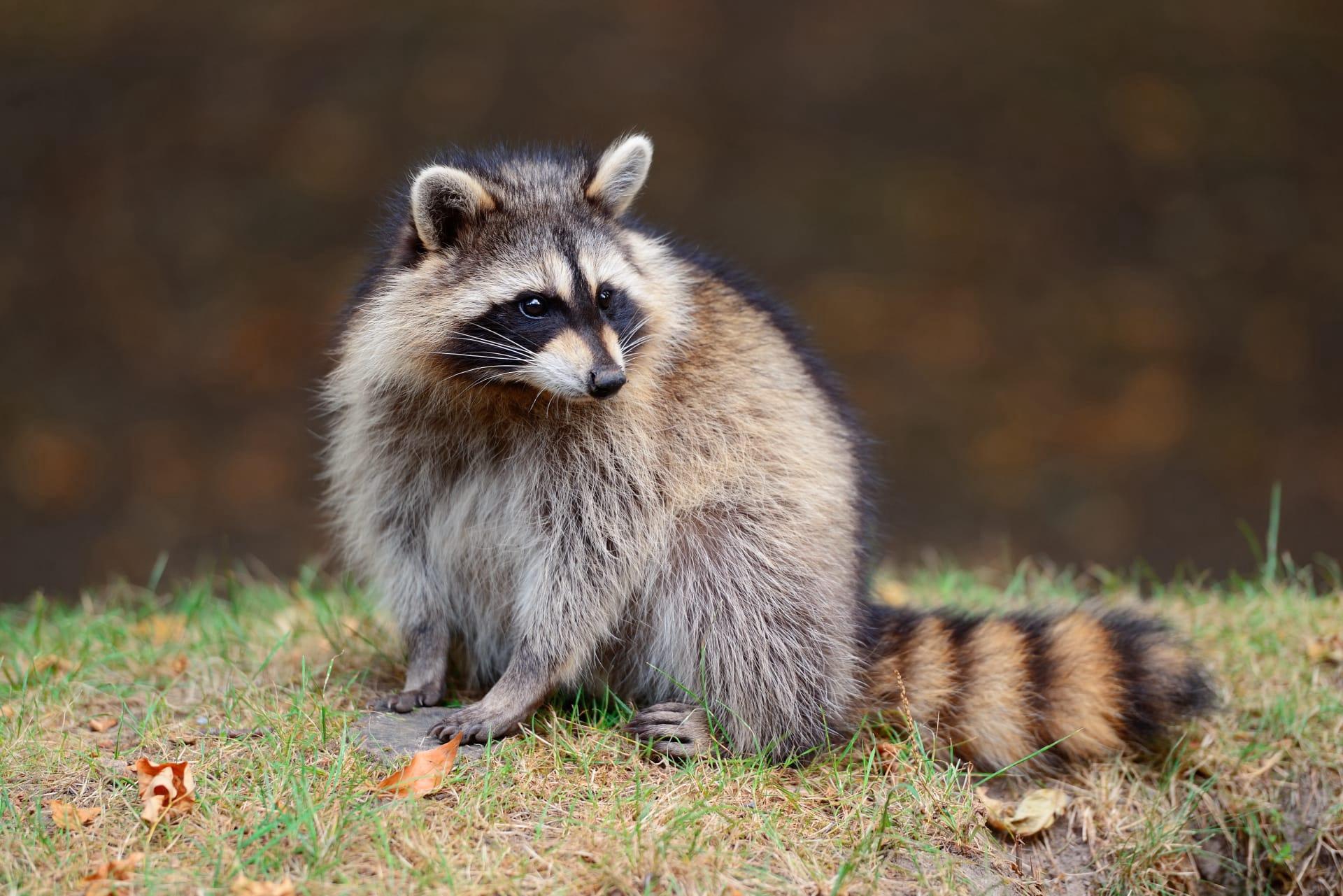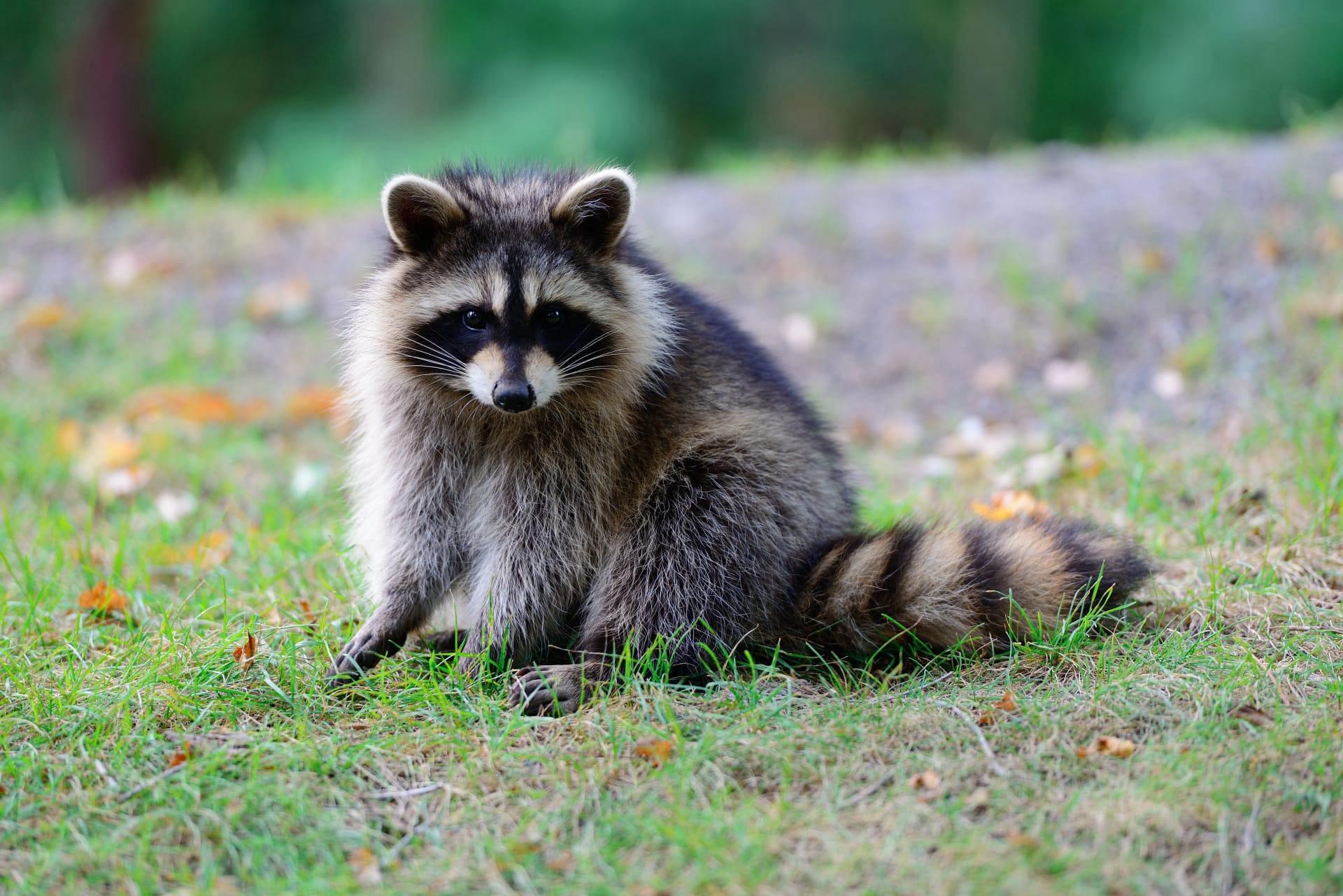Raccoon
- Home /
- Mini Encyclopedia /
- Animal /
- Raccoon
1
Raccoons, scientific name Procyon lotor, belong to the Procyonidae family in the order Carnivora. Originating in North America, raccoons are medium-sized mammals recognizable by their distinctive black "mask" over the eyes and ringed tail. Their fur ranges from gray to brown, with a dense undercoat that insulates against cold weather. Adult raccoons typically weigh between 5 to 12 kilograms (11 to 26 pounds) and measure about 40 to 70 centimeters (16 to 28 inches) in body length, with their tails adding an additional 20 to 40 centimeters (8 to 16 inches).
Raccoons are native to North America, but their range has expanded significantly due to human activities. Originally found throughout the United States, Canada, and northern parts of South America, raccoons have been introduced to Europe and Asia. In these new environments, they often thrive, adapting well to both urban and rural areas. Their adaptability and omnivorous diet allow them to live in a variety of habitats, from forests and mountains to urban settings. The expansion of human settlements has created new opportunities for raccoons, who are known for raiding garbage cans and adapting to city life.

2
Question: Are raccoons dangerous to humans?
Answer: Raccoons are often misunderstood as being highly dangerous to humans. While they are wild animals and can carry diseases like rabies, their actual threat level is often exaggerated. Raccoons generally avoid human contact and are not naturally aggressive unless cornered or protecting their young. However, they can become a nuisance by rummaging through trash, damaging property, or unintentionally spreading parasites and diseases. It's important for humans to maintain a respectful distance and ensure their homes and surroundings are not inviting to these curious creatures.

3
Raccoons have developed a range of survival strategies that make them highly adaptable to various environments. One key aspect of their adaptability is their dexterous front paws, which have a high sense of touch and are similar to human hands. These paws allow raccoons to open jars, climb trees, and manipulate objects, aiding in their search for food. Their diet is omnivorous and varied, including fruits, nuts, insects, and small animals, which allows them to thrive in diverse habitats. Raccoons are also nocturnal, meaning they are active at night, which helps them avoid predators and human interaction. This nocturnal lifestyle is complemented by their excellent night vision.
Another survival strategy is their ability to use urban environments to their advantage. Raccoons are known for their intelligence and problem-solving skills, which they apply to navigate the challenges of urban life. They have learned to open garbage bins, use sewer systems for navigation, and even remember the timing of garbage collection in different neighborhoods. This adaptability not only helps them find food but also provides shelter in the form of attics, sheds, and abandoned buildings.

4
In the ecosystem, raccoons play a vital role as both predators and prey. As omnivores, they help control populations of various insects and small animals, thus maintaining a balance in their habitat. Their foraging habits also aid in seed dispersal, contributing to the health and diversity of plant life in their environment. This is particularly important in forests and urban green spaces, where seed dispersal by animals like raccoons can lead to the growth of new vegetation.
Raccoons also impact their ecosystem through their interactions with other species. For example, their predation on certain species can indirectly benefit other species by reducing competition for resources. However, in non-native habitats where raccoons have been introduced, they can disrupt local ecosystems. In these areas, they may become invasive species, preying on native wildlife and competing with indigenous species for food and habitat. This can lead to significant ecological imbalances, highlighting the importance of managing raccoon populations in non-native regions.

5
Film: "Raccoon Nation" is a notable documentary produced in Canada and aired in 2012. This documentary delves into the lives of urban raccoons in Toronto, exploring their adaptation to city life. It presents a fascinating view of how raccoons have developed unique strategies to overcome the challenges of urban environments, showcasing their intelligence and adaptability.
Book: "Raccoons: A Natural History" by Samuel I. Zeveloff, published in the United States in 2002, offers an in-depth look at the biology, behavior, and ecology of raccoons. Zeveloff, a renowned wildlife biologist, combines scientific research with engaging narratives to provide a comprehensive overview of these fascinating creatures.
Book: "The World of the Raccoon" by Gilbert L. Grosvenor, published in 1964 in the United States, is another significant work. As part of the National Geographic Society's series, this book provides insights into the life and habits of raccoons. It includes detailed observations and photographs, capturing the essence of raccoons in their natural habitat.